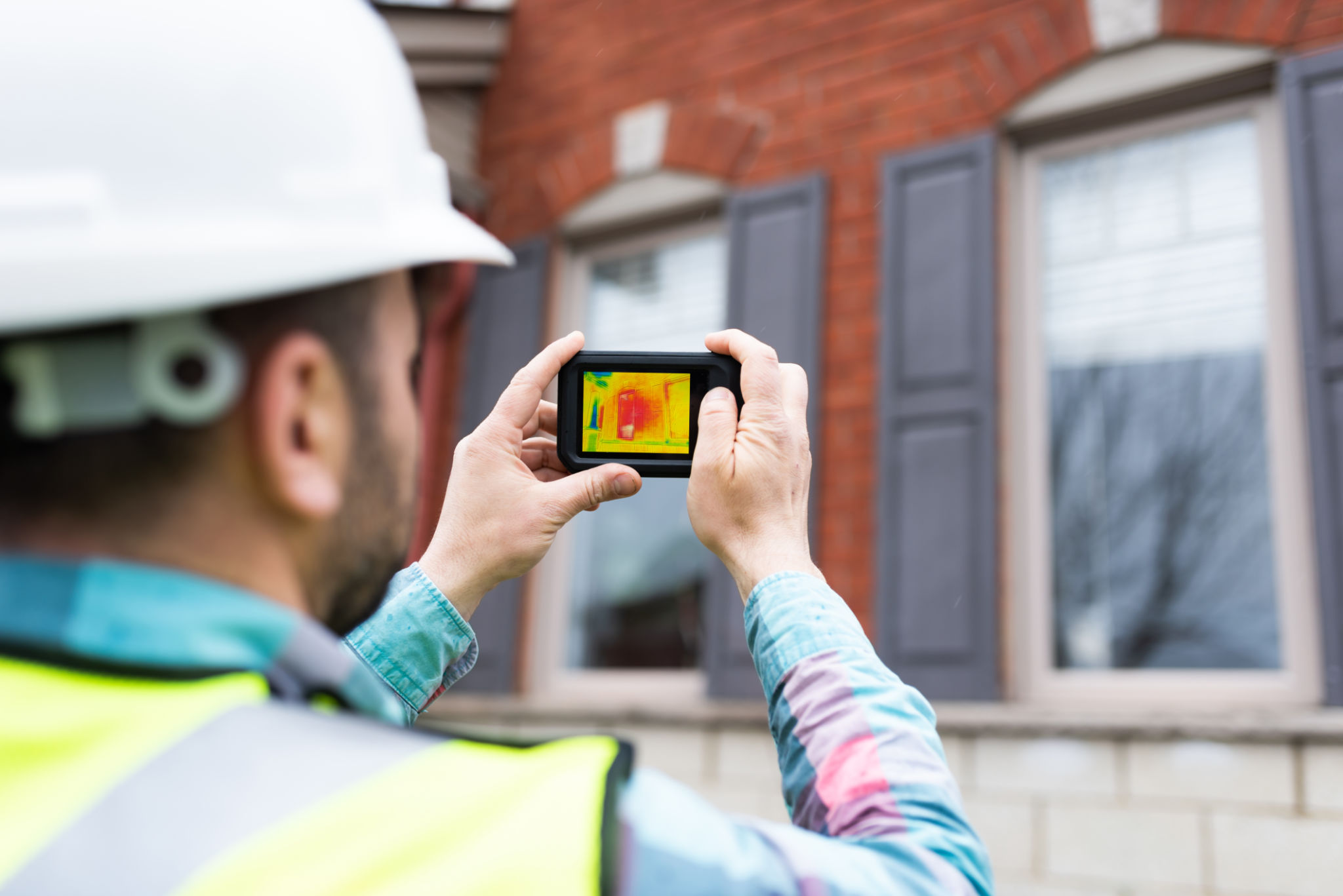The Role of IoT Sensors in Enhancing Building Safety in Coastal Florida
Understanding IoT Sensors
The Internet of Things (IoT) has revolutionized various industries, and building safety is no exception. In coastal areas like Florida, where weather conditions can be unpredictable and severe, the use of IoT sensors is more crucial than ever. These sensors are designed to collect and transmit real-time data, enabling building managers to make informed decisions that enhance safety and efficiency.
IoT sensors come in various forms, including temperature sensors, humidity sensors, and motion detectors. Each type plays a specific role in maintaining the structural integrity and security of buildings. Their integration into building systems ensures that potential hazards are identified and addressed promptly.

Enhancing Structural Safety
Coastal Florida is no stranger to extreme weather events like hurricanes and floods. IoT sensors can significantly enhance structural safety by providing continuous monitoring of environmental conditions. For instance, pressure sensors installed on the roofs of buildings can detect any abnormal stress levels caused by heavy winds or debris. This information allows for timely maintenance and repairs, preventing more significant damage.
Moreover, vibration sensors can monitor the stability of a building's foundation during seismic activities or intense storms. By analyzing data from these sensors, engineers can assess whether a building remains safe for occupancy or requires evacuation and repairs.

Improving Fire Safety
Fire safety is another critical area where IoT sensors play a pivotal role. Smoke and heat detectors connected to an IoT network can provide early warnings of fire outbreaks. These sensors can automatically alert the local fire department, ensuring a swift response to potential fires.
Additionally, IoT-enabled sprinkler systems can be programmed to activate only in areas where smoke or high temperatures are detected, minimizing water damage while effectively managing fire threats. This targeted approach not only protects the property but also enhances occupant safety.

Flood Detection and Prevention
Given Florida's susceptibility to flooding, IoT sensors equipped with water level monitoring capabilities are invaluable. These sensors can detect rising water levels in real-time, providing early warnings to building managers and residents. This allows for timely evacuations and the implementation of flood defenses, reducing potential damages significantly.
Furthermore, integrating IoT technology with existing drainage systems can help optimize water flow management and prevent overflow situations. This proactive approach ensures that buildings remain secure during heavy rainfall and storm surges.
Ensuring Energy Efficiency
While safety is paramount, energy efficiency is another benefit of using IoT sensors in buildings. Smart meters and HVAC system sensors can monitor energy usage patterns, allowing for adjustments that reduce waste and optimize consumption. This not only lowers utility costs but also contributes to sustainable building practices.
By utilizing IoT technology, building managers can create a safer and more efficient environment for occupants. In coastal Florida, where environmental challenges are abundant, these advancements are essential for maintaining both safety and sustainability.

